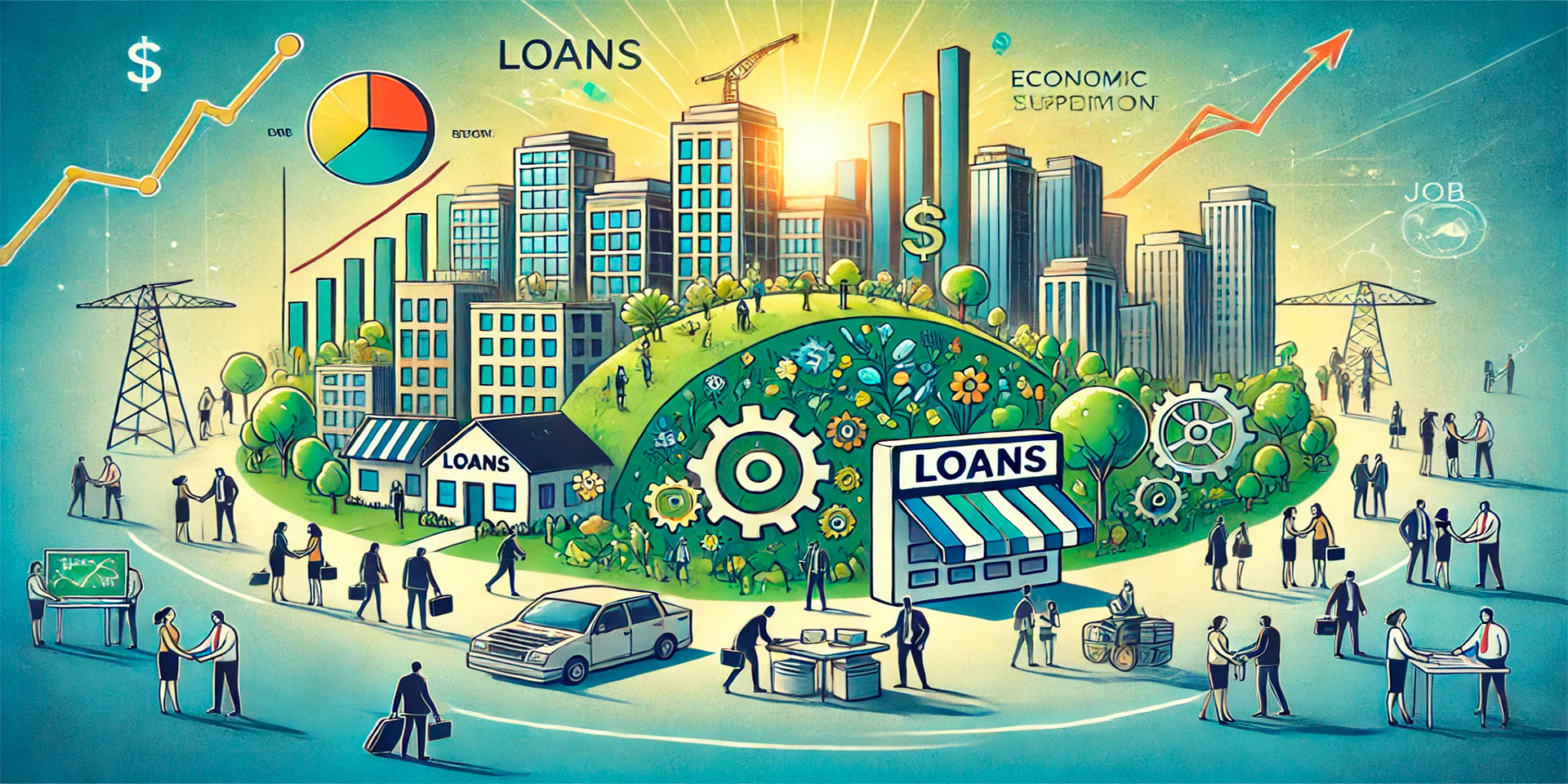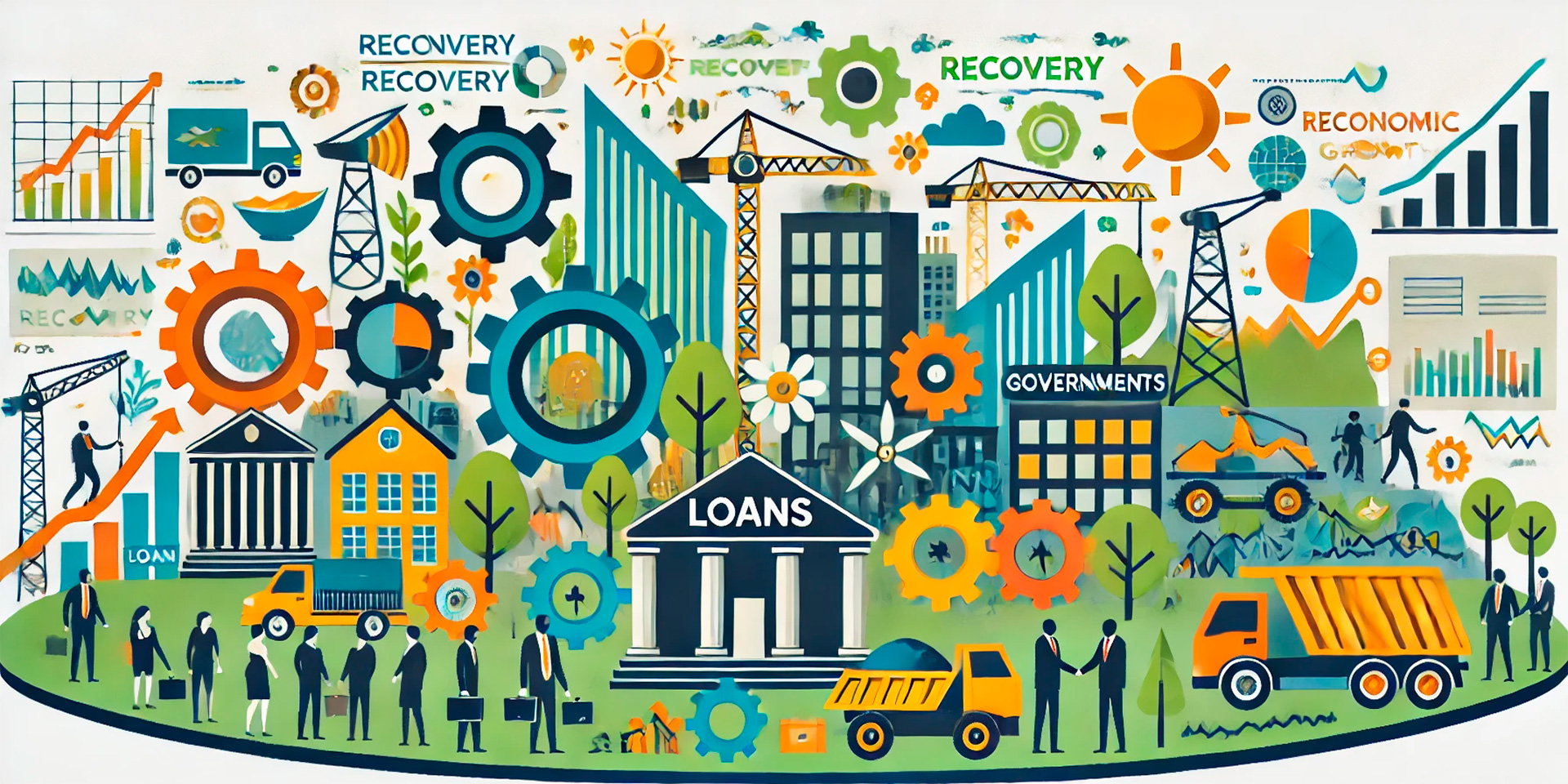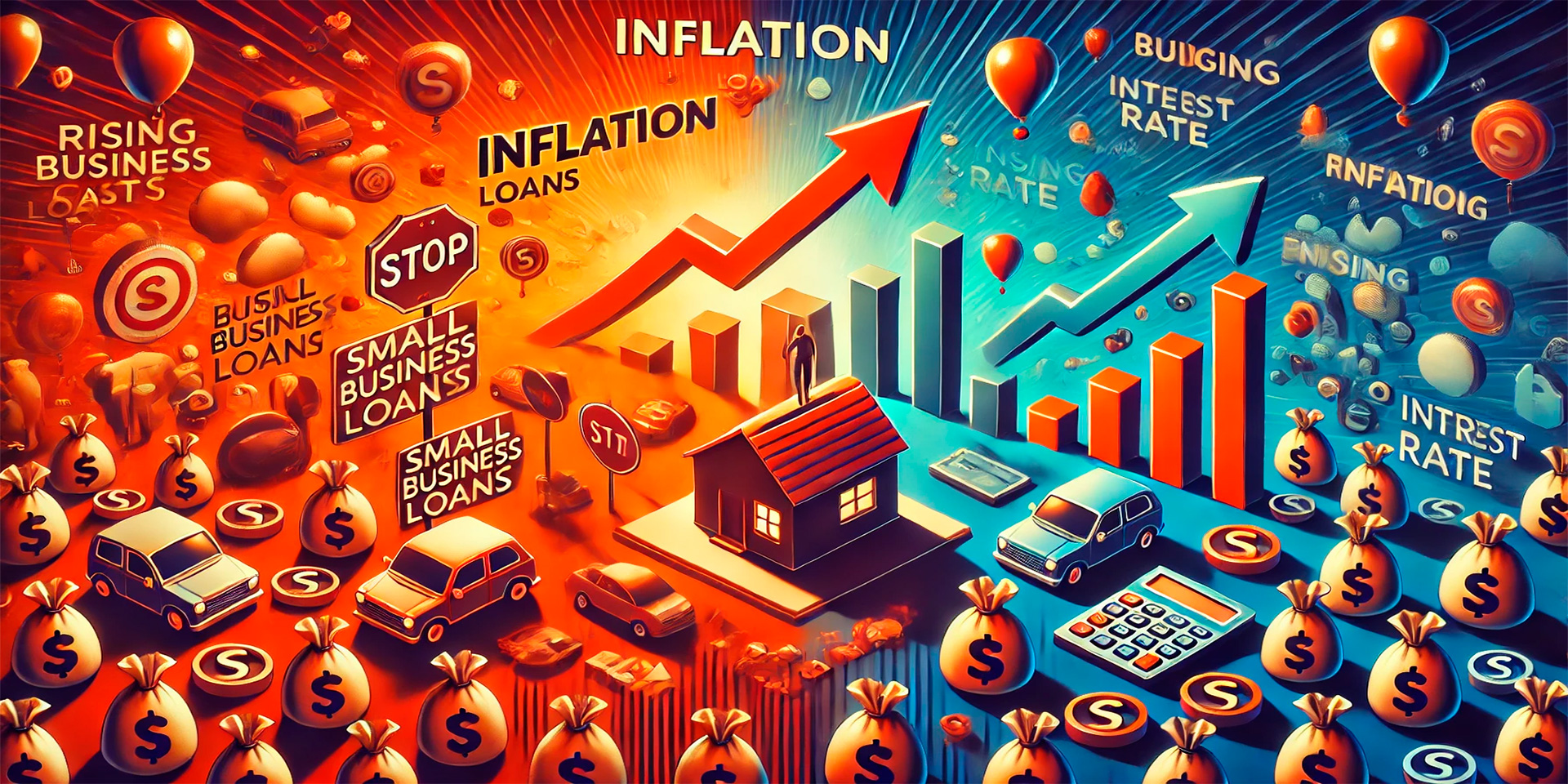
How Inflation Affects Small Business Loans: Strategies to Navigate Rising Costs
Inflation directly impacts small businesses by increasing the cost of borrowing, making it more expensive to secure loans. As inflation rises, central banks often respond by raising interest rates to control economic growth, which in turn drives up the cost of loans. For small businesses, these higher borrowing costs can reduce access to affordable financing, limit cash flow, and make expansion more challenging.
Understanding how inflation affects loan terms is crucial for small businesses to effectively manage their finances and navigate periods of rising costs. By exploring the mechanisms behind inflation and its impact on borrowing, small business owners can develop strategies to mitigate the effects and maintain financial stability.
How Inflation Increases Borrowing Costs
Inflation refers to the general increase in prices over time, which reduces the purchasing power of money. As inflation rises, central banks, such as the Federal Reserve, often raise interest rates to slow down the economy and prevent prices from spiraling out of control. These higher interest rates have a direct impact on loan costs, making it more expensive for small businesses to borrow.
For example, if a small business takes out a loan during a period of high inflation, the interest rate on that loan is likely to be higher than it would be during times of low inflation. This means the business will pay more in interest over the life of the loan, reducing available capital for other expenses like hiring, inventory, or expansion.
Small businesses, which often rely on loans to fund operations or invest in growth, are particularly vulnerable to these higher borrowing costs. As interest rates rise, businesses may find it more difficult to secure financing or may need to cut back on other expenses to cover the increased loan payments.
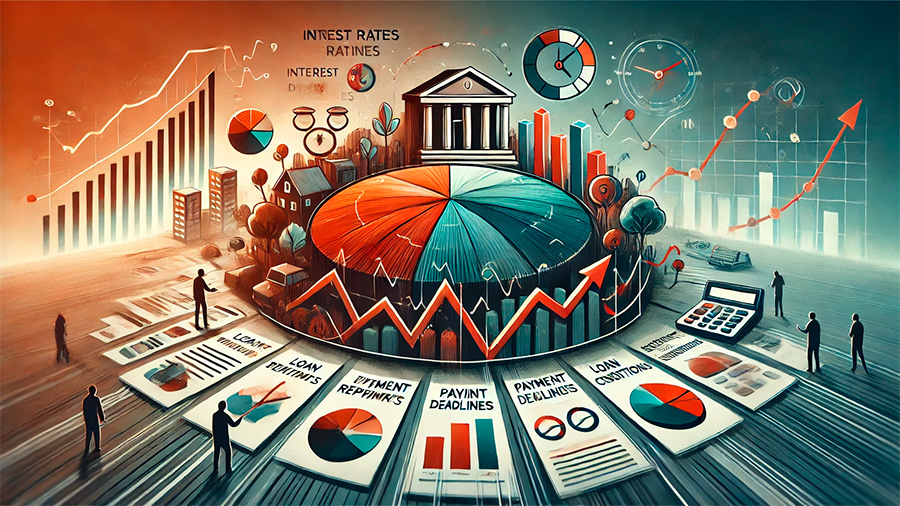
Impact on Loan Repayments
Inflation also affects loan repayment terms, especially for small businesses with variable-rate loans. Variable-rate loans are tied to market interest rates, meaning the loan’s interest rate can change over time in response to broader economic conditions. When inflation rises and central banks increase interest rates, the cost of servicing these variable-rate loans also rises.
For small businesses, this can create significant financial strain. Monthly loan payments increase, which can reduce cash flow and limit a company’s ability to invest in growth or manage day-to-day operations. For businesses with tight margins, the higher costs associated with loan repayments can lead to budget cuts in other areas, including marketing, product development, or hiring.
Even businesses with fixed-rate loans are not completely insulated from the effects of inflation. While their interest rate remains unchanged, inflation can erode the purchasing power of the revenue used to repay those loans. As costs for goods and services rise, businesses may find it harder to generate enough revenue to meet their fixed loan obligations, leading to potential cash flow challenges.
Access to Credit During Inflation
In addition to increasing loan costs, inflation can also make it more difficult for small businesses to access credit in the first place. During periods of high inflation, lenders often become more cautious, tightening lending standards to reduce the risk of defaults. This means that small businesses with lower credit scores or limited financial history may struggle to qualify for loans, even if they need financing to sustain their operations or expand.
Lenders may also demand more collateral or require higher down payments during inflationary periods, further complicating the borrowing process for small businesses. These additional requirements can make it harder for businesses to secure the capital they need to grow, putting them at a disadvantage in a competitive market.
Moreover, inflation-driven uncertainty can lead to volatility in the credit market. As lenders adjust to changing economic conditions, the terms of business loans may fluctuate, making it difficult for small business owners to plan their finances with confidence.
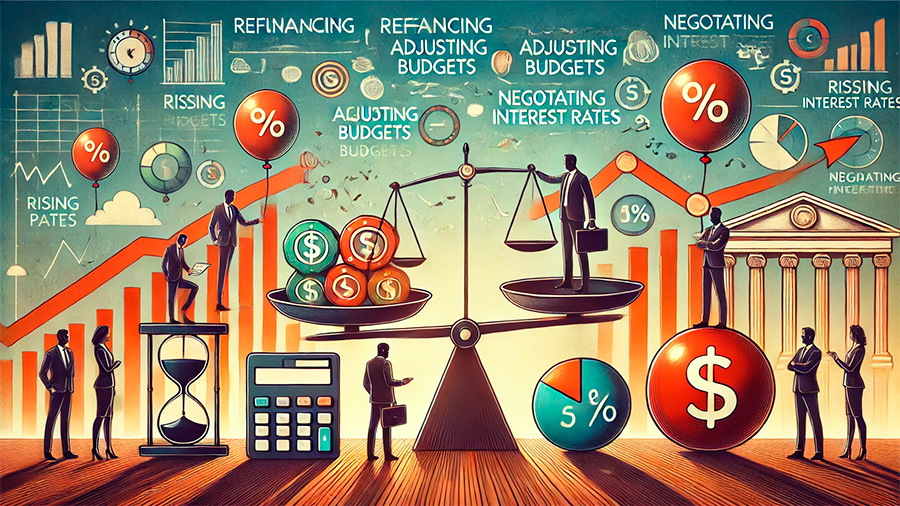
Strategies for Managing Inflation’s Impact on Loans
Small businesses facing rising loan costs due to inflation can adopt several strategies to manage the impact and maintain financial stability. One effective approach is to refinance high-interest loans during periods of lower interest rates. By locking in a lower rate with a fixed-rate loan, businesses can protect themselves from future interest rate hikes and stabilize their monthly payments.
Another strategy is to accelerate loan repayments when possible. Paying down the principal on a loan reduces the total interest paid over time, which can help mitigate the long-term effects of rising interest rates. Businesses with surplus cash flow should consider directing those funds toward reducing debt, especially for variable-rate loans that are more vulnerable to inflationary changes.
Strengthening cash flow management is also essential. Small businesses should focus on improving operational efficiency, controlling costs, and finding new revenue streams to ensure they have sufficient funds to cover rising loan payments. This may involve negotiating better terms with suppliers, optimizing inventory management, or offering new products or services that increase profitability.
Additionally, businesses should consider diversifying their funding sources. By exploring alternative financing options, such as lines of credit, crowdfunding, or venture capital, small businesses can reduce their reliance on traditional loans and minimize their exposure to rising interest rates during inflationary periods.
Building a Financial Buffer
Creating a financial buffer can help small businesses weather inflationary periods and manage the rising costs of loans. Building up an emergency fund or cash reserve allows businesses to cover unexpected expenses, including higher loan payments, without disrupting day-to-day operations. This financial cushion can provide a critical safety net, especially during times of economic uncertainty.
By setting aside a portion of their profits during periods of economic stability, businesses can be better prepared to handle inflation-driven increases in loan costs. A financial buffer also gives businesses the flexibility to continue investing in growth, even when borrowing costs rise.
Conclusion
Inflation significantly impacts the cost of borrowing for small businesses, driving up interest rates and increasing the difficulty of accessing affordable credit. Rising loan costs can strain cash flow, limit growth opportunities, and complicate financial planning. However, by understanding how inflation affects loan terms and adopting strategies such as refinancing, accelerating loan repayments, and building financial buffers, small businesses can mitigate the effects of inflation and maintain financial stability.

